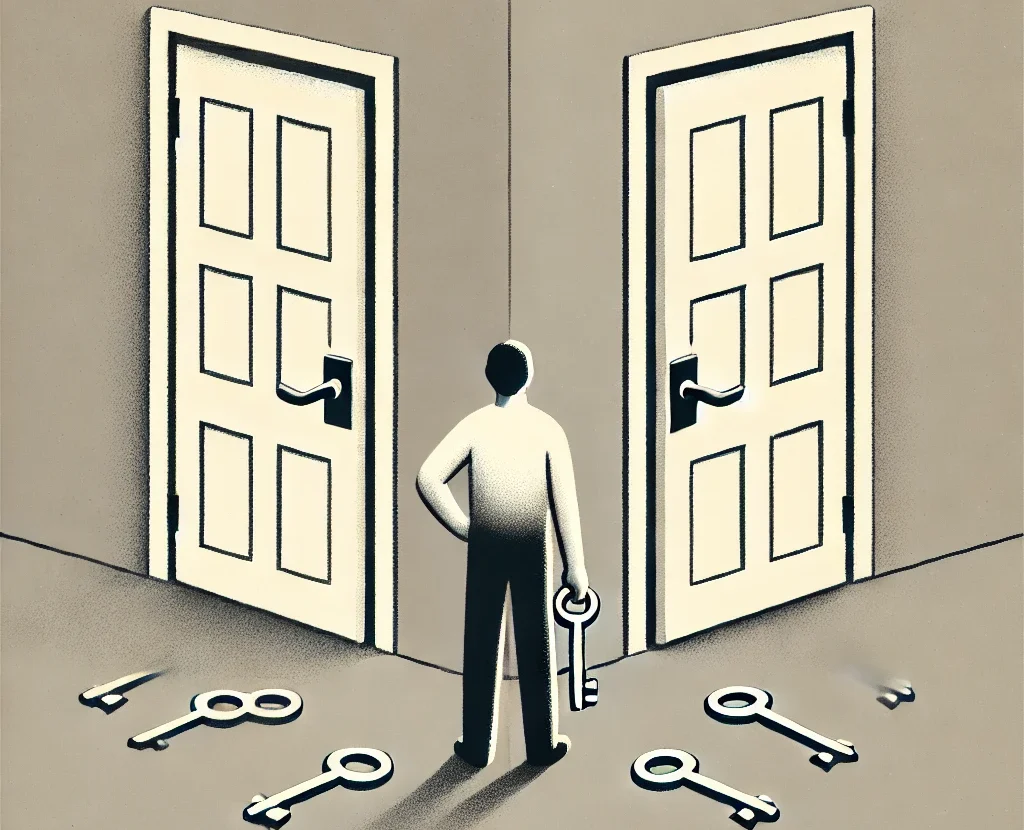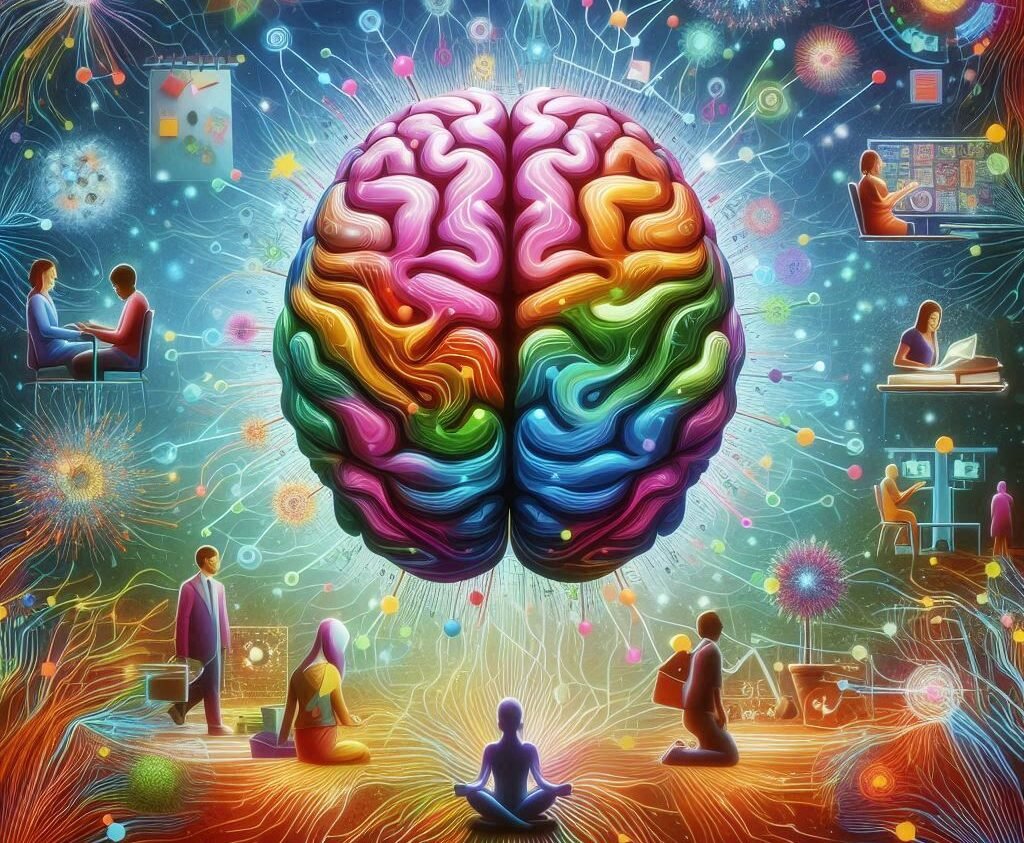
Have you ever been drifting off to sleep and suddenly felt like you were falling? Or maybe you heard your name called or saw quick flashes of light, only to realize you were alone in bed? These unusual moments come from a state called hypnagogia — the hazy, dreamlike phase between wakefulness and sleep. It’s not quite dreaming, but it’s not being fully awake either. It’s like your brain is loosening its grip on reality — and letting your imagination take over.
Hypnagogia can involve vivid images, sounds, thoughts, or sensations, often completely unrelated to your surroundings. Some people report seeing geometric patterns, hearing voices or music, or feeling as if they’re floating. These experiences are completely normal, and unlike dreaming, people often remember them clearly because they happen while they’re still partly conscious.
The term “hypnagogia” was coined in the 19th century by Antoine Maury, a French researcher interested in dreams and sleep. Since then, scientists have studied it to understand how the brain transitions into sleep. More recently, researchers like Dr. Andreas Mavromatis explored how hypnagogia can unlock creativity, problem-solving, and even insight. Famous thinkers like Thomas Edison and Salvador Dalí reportedly used this state to trigger new ideas — they’d nap with a ball in hand, waking up when it dropped, catching those fleeting thoughts before deep sleep took over.
So next time you’re on the edge of sleep and your brain plays tricks on you, don’t panic — you’re just passing through hypnagogia. It’s a natural, creative, and sometimes strange little portal between your waking world and your dreams.
RELATED POSTS
View all


